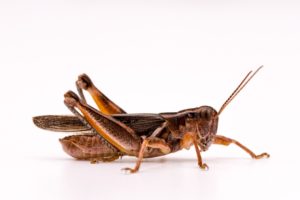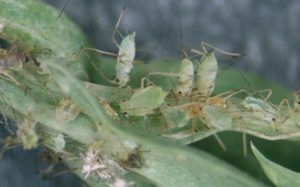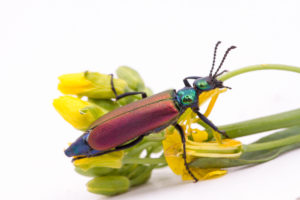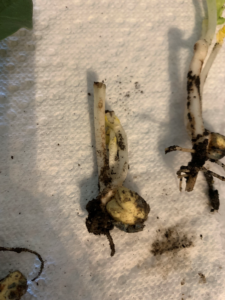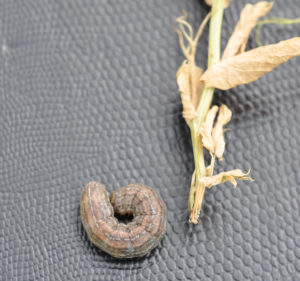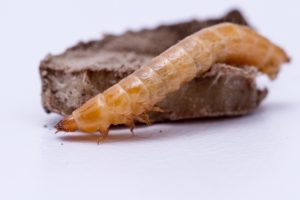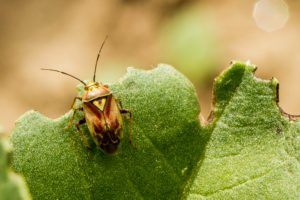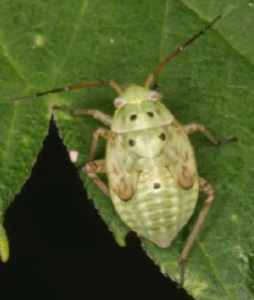Field Peas – Insects
Generally, insects are not considered much of a problem in field pea crops in Alberta. Pea leaf weevils, grasshoppers and pea aphids are the main insects that could potentially cause economic damage. Blister beetles can occasionally be found in pea crops, but have not caused economic damage.
LINKS
Grasshoppers
|
|
DAMAGE |
|
LIFE CYCLE |
|
CONTROL |
|
ECONOMIC THRESHOLD |
|
REFERENCE |
|
Pea Aphids
|
|
DAMAGE |
|
LIFE CYCLE |
|
CONTROL |
|
ECONOMIC THRESHOLD |
|
RESOURCE |
|
REFERENCE |
|
Pea Leaf Weevil |
|
DAMAGE |
|
LIFE CYCLE |
|
CONTROL |
|
ECONOMIC THRESHOLD |
|
RESOURCES |
|
REFERENCE |
|
Insects of less concern:
Blister Beetle
|
|
DAMAGE |
|
LIFE CYCLE |
|
CONTROL |
|
ECONOMIC THRESHOLD |
|
REFERENCE |
|
Cutworms
|
|
DAMAGE |
|
LIFE CYCLE |
|
CONTROL |
|
ECONOMIC THRESHOLD |
|
REFERENCE |
|
Wireworms
|
|
DAMAGE |
|
LIFE CYCLE |
|
CONTROL |
|
ECONOMIC THRESHOLD |
|
REFERENCE |
|
Other Insect |
|
Lygus Bug |
|
Special thanks to Saskatchewan Pulse Growers and Manitoba Pulse and Soybean Growers.

